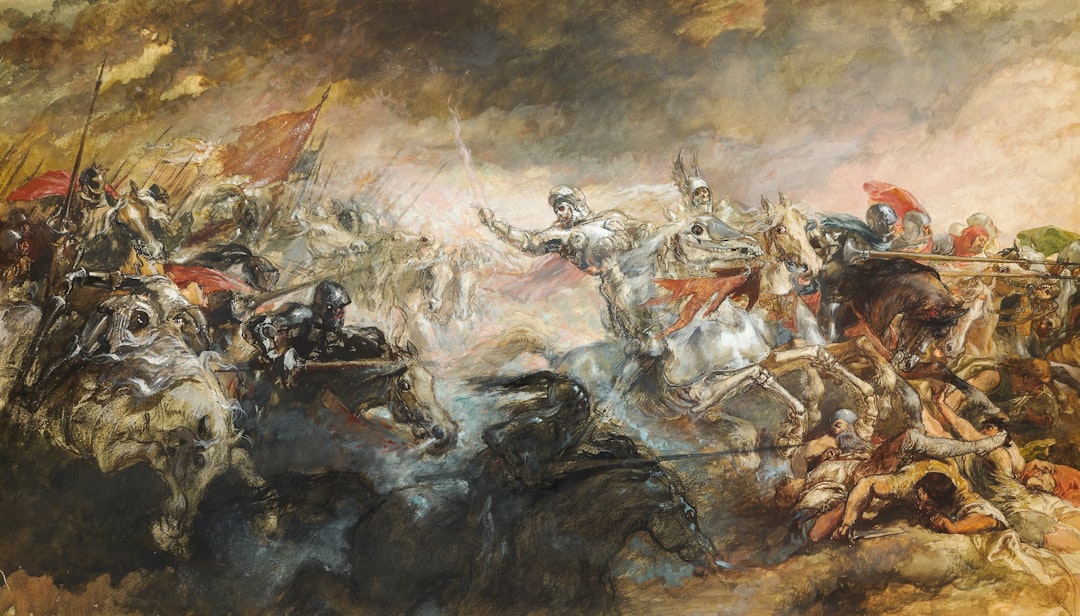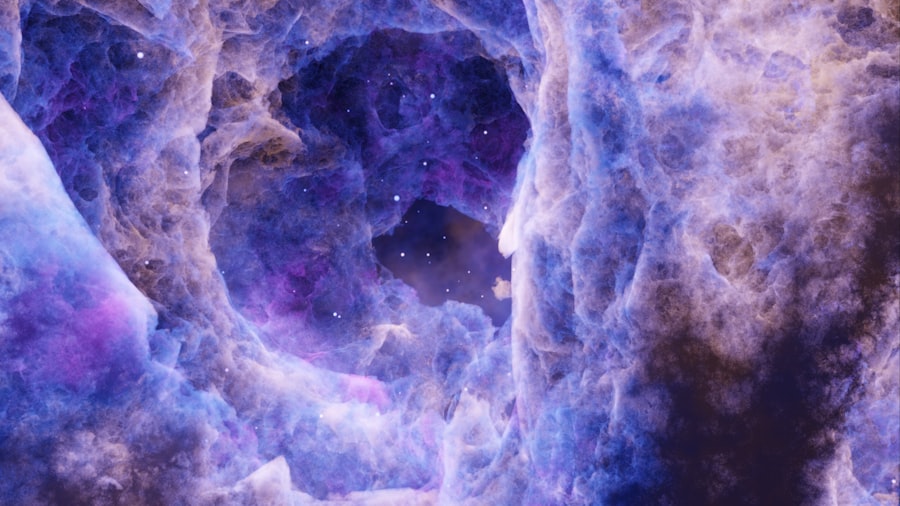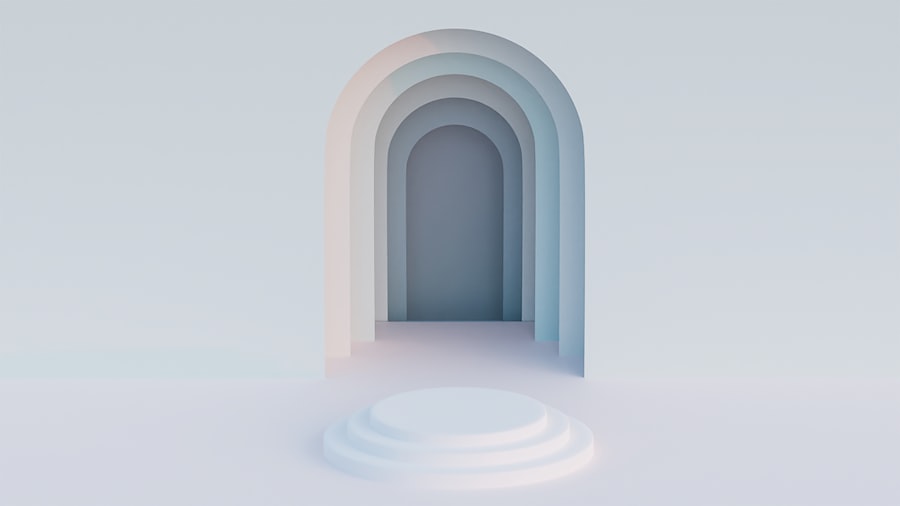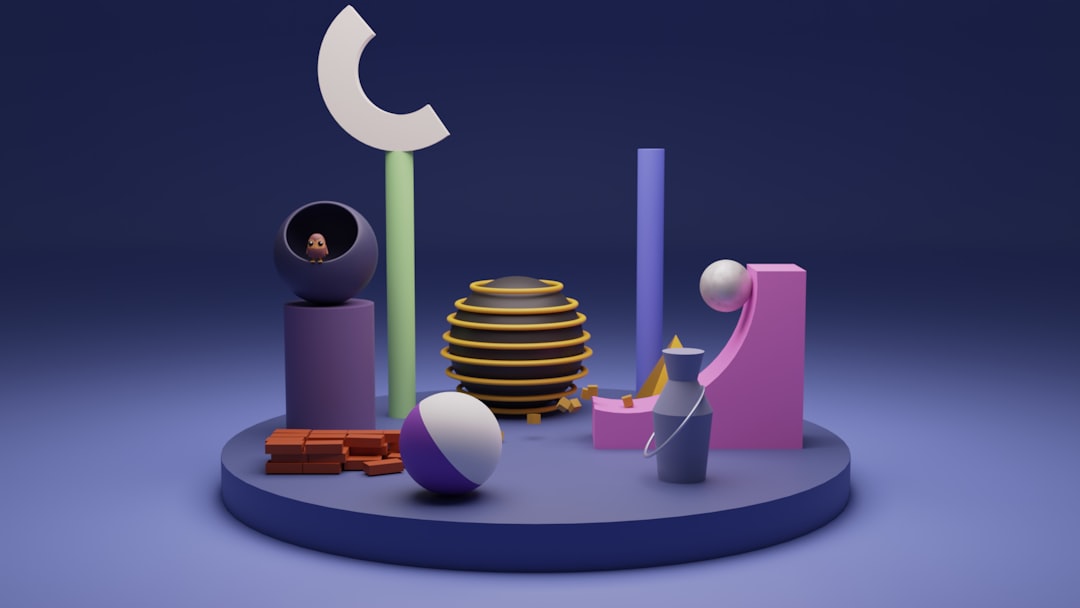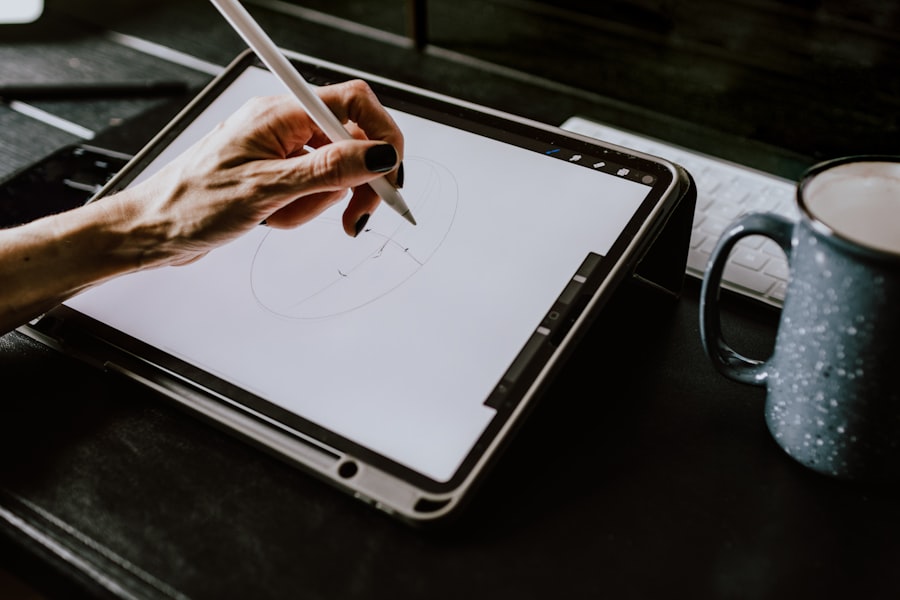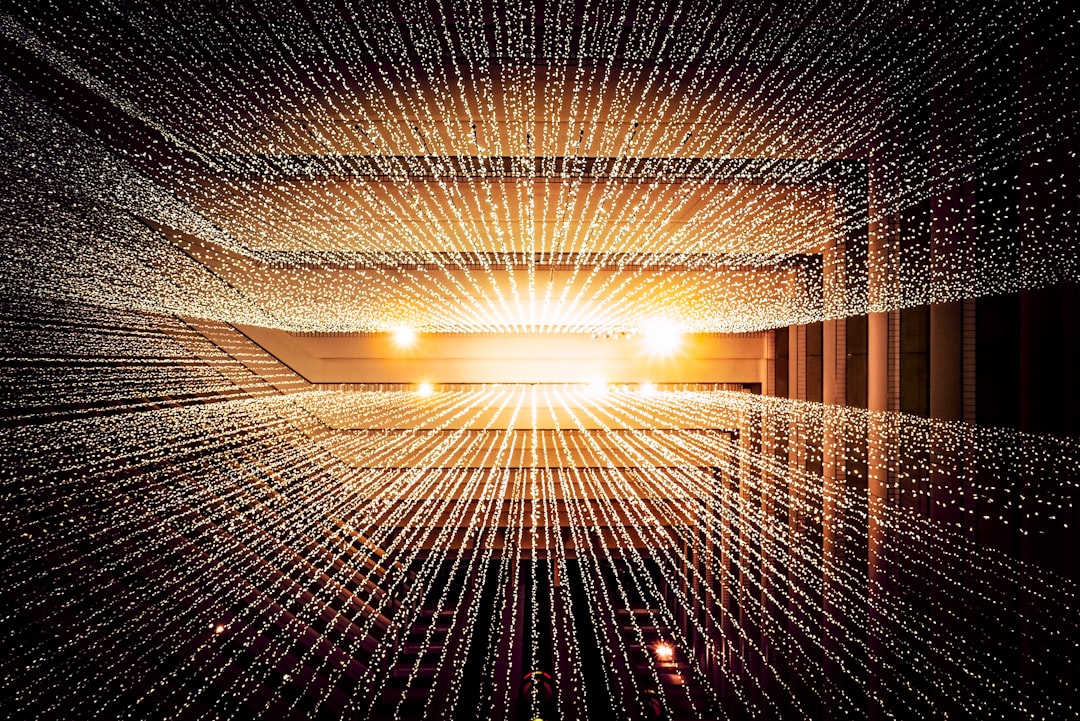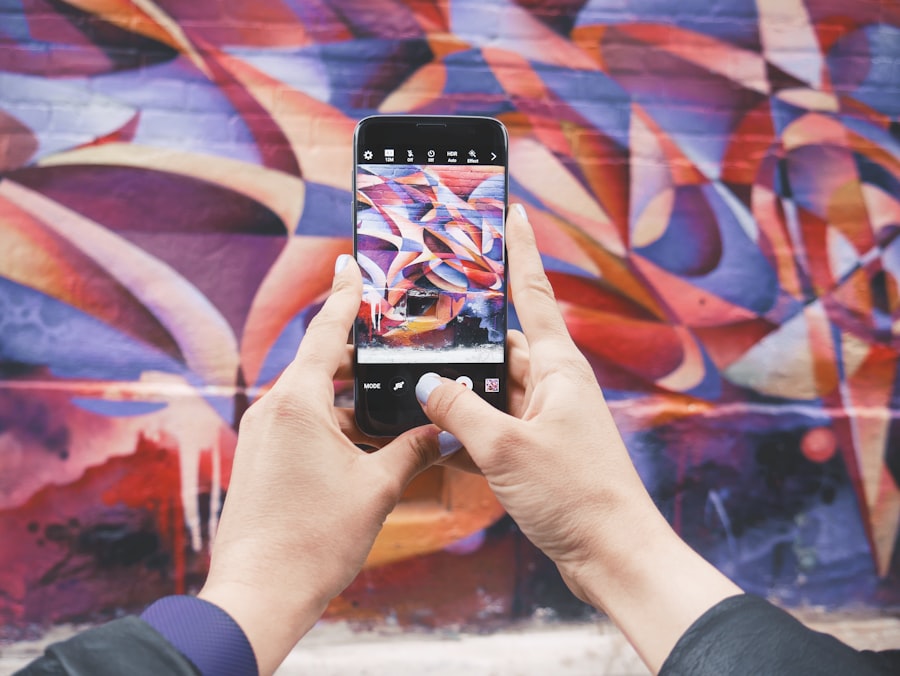Creating an NFT (non-fungible token) involves several costs that artists and creators must consider. The initial investment includes the expense of creating the artwork and minting the NFT on a blockchain platform. Artists may need to purchase high-quality digital tools and software, such as graphic design programs or digital drawing tablets.
Some may also hire digital artists or designers to assist in creating their vision. Minting an NFT requires creating a unique token on a blockchain to represent the digital artwork. This process incurs gas fees, which are transaction fees paid to miners on the blockchain network.
Gas fees vary based on network congestion and the chosen blockchain platform. Artists should research these costs thoroughly before minting their NFT to ensure they are prepared for the initial investment.
Navigating the Fees: Exploring the Expenses Associated with Minting an NFT
Gas Fees: The Unpredictable Expense
When it comes to minting an NFT, creators need to navigate through various fees that come with the process. One of the primary expenses is the gas fees, which are associated with the transaction costs on the blockchain network. These fees can fluctuate based on the network’s congestion and can significantly impact the overall cost of minting an NFT.
Platform Fees: Choosing the Right Marketplace
It’s crucial for creators to stay updated on the current gas fees and choose the right time to mint their NFT to minimize these expenses. Another expense to consider is the platform fees charged by NFT marketplaces for minting and listing the digital artwork. Different platforms have varying fee structures, including one-time minting fees or commission fees on each sale.
Metadata Costs: The Overlooked Expense
Creators should carefully evaluate these fees and choose a platform that aligns with their budget and goals. Additionally, creators may also incur costs for creating and implementing metadata for their NFT, which includes details about the artwork and its ownership.
Effective Expense Management
Understanding and navigating through these fees is essential for creators to make informed decisions and manage their expenses effectively.
Calculating the Environmental Impact: Assessing the Energy Consumption of NFT Creation

While exploring the costs of creating an NFT, it’s crucial to also consider the environmental impact of this digital art form. The process of minting an NFT involves complex cryptographic calculations and transactions on a blockchain network, which consumes a significant amount of energy. This energy consumption has raised concerns about the environmental sustainability of NFT creation, especially as the popularity of digital art ownership continues to grow.
Creators and platforms need to be mindful of the carbon footprint associated with minting NFTs and explore ways to minimize its impact on the environment. One approach to addressing the environmental impact is by choosing blockchain networks that utilize energy-efficient consensus mechanisms, such as proof-of-stake (PoS) or proof-of-authority (PoA). These consensus mechanisms require significantly less energy compared to traditional proof-of-work (PoW) systems, making them a more sustainable option for minting NFTs.
Additionally, creators can also explore carbon offset programs to mitigate the environmental impact of their NFT creation process. By calculating and assessing the energy consumption of NFT creation, creators can make informed decisions that align with their values and contribute to a more sustainable digital art ecosystem.
Exploring Alternative Platforms: Comparing the Costs of Minting NFTs on Different Marketplaces
| Platform | Minting Cost | Transaction Fee | Storage Cost |
|---|---|---|---|
| OpenSea | 0.07 ETH | 2.5% | Free |
| Rarible | 0.05 ETH | 2.5% | Free |
| Foundation | 0.025 ETH | 10% | Free |
As creators navigate through the process of minting an NFT, they have the option to explore different platforms for showcasing and selling their digital artwork. Each platform comes with its own fee structure, including minting fees, listing fees, and commission fees on sales. It’s essential for creators to compare these costs across different marketplaces and choose a platform that best suits their budget and objectives.
Some platforms may offer lower minting fees but higher commission rates, while others may have higher upfront costs but lower transaction fees. In addition to fee structures, creators should also consider other factors such as audience reach, community engagement, and platform reputation when selecting a marketplace for minting their NFT. Some platforms may offer additional marketing and promotional tools to help creators showcase their artwork and reach a wider audience.
By exploring alternative platforms and comparing their costs, creators can make informed decisions that align with their financial goals and long-term aspirations for their digital art.
Budgeting for Marketing: Factoring in the Expenses of Promoting and Selling NFTs
Once an NFT is minted and listed on a marketplace, creators need to factor in the expenses of marketing and promoting their digital artwork. Marketing plays a crucial role in attracting potential buyers and increasing the visibility of an NFT within the competitive digital art market. Creators may need to allocate a budget for social media advertising, influencer partnerships, email marketing campaigns, and other promotional activities to effectively showcase their NFT and drive sales.
In addition to external marketing efforts, creators should also consider investing in building their brand and online presence to establish credibility and trust within the NFT community. This may involve creating a professional website or portfolio, participating in art exhibitions or events, and engaging with collectors and art enthusiasts through various online channels. By factoring in the expenses of marketing and selling NFTs, creators can develop a comprehensive budget that supports their efforts in maximizing the exposure and value of their digital artwork.
Considering Long-Term Costs: Evaluating the Maintenance and Storage Fees for NFTs

Recurring Expenses for NFT Ownership
Creators should factor in these recurring expenses when calculating the overall cost of owning and managing their NFTs over time.
Maintenance and Security Costs
Additionally, creators need to assess the potential maintenance costs associated with updating metadata, verifying ownership rights, and ensuring the security of their NFTs. As digital art ownership evolves, there may be emerging standards and best practices that require creators to adapt and maintain their NFTs accordingly.
Developing a Sustainable Financial Plan
By evaluating the maintenance and storage fees for NFTs, creators can develop a sustainable financial plan that accounts for both short-term and long-term expenses associated with their digital artwork.
Seeking Financial Support: Exploring Funding Options for Emerging NFT Artists
For emerging artists and creators looking to venture into the world of NFTs, seeking financial support can be a viable option to offset the initial investment and expenses associated with minting and promoting their digital artwork. There are various funding options available, including grants, sponsorships, crowdfunding campaigns, and artist residencies that can provide financial assistance and resources to support NFT creation. Grants from art organizations, cultural institutions, or blockchain initiatives can offer financial support for artists exploring innovative forms of digital art ownership.
These grants may cover expenses related to creating new artwork, minting NFTs, or marketing and promoting digital collections. Additionally, artists can leverage crowdfunding platforms to engage with their community and raise funds for their NFT projects through pre-sales or exclusive rewards. Furthermore, artist residencies and sponsorships from galleries or art collectives can provide opportunities for emerging artists to receive financial backing, mentorship, and exposure within the NFT space.
By exploring funding options for emerging NFT artists, creators can access valuable resources that enable them to pursue their artistic vision while managing their financial commitments effectively. In conclusion, understanding the costs associated with creating, minting, promoting, and maintaining NFTs is essential for artists and creators looking to enter this dynamic digital art market. By carefully evaluating these expenses and exploring funding options, emerging artists can navigate through the financial landscape of NFTs while making informed decisions that support their creative endeavors.
As the NFT space continues to evolve, it’s important for creators to stay informed about new developments, cost-saving strategies, and sustainable practices that contribute to a thriving and inclusive digital art ecosystem.
FAQs
What is the cost to create an NFT?
The cost to create an NFT can vary depending on the platform and the complexity of the digital asset being tokenized. Generally, it can range from a few dollars to a few hundred dollars.
What are the main cost factors in creating an NFT?
The main cost factors in creating an NFT include gas fees (transaction fees on the blockchain), platform fees, and any additional costs for creating or minting the digital asset.
Are there ongoing costs associated with NFTs?
Yes, there can be ongoing costs associated with NFTs, such as storage fees for the digital asset and potential resale royalties if programmed into the smart contract.
Can the cost to create an NFT change over time?
Yes, the cost to create an NFT can change over time due to fluctuations in gas fees, changes in platform fees, and advancements in technology that may affect the cost of minting digital assets.
Are there ways to minimize the cost of creating an NFT?
Yes, there are ways to minimize the cost of creating an NFT, such as choosing a platform with lower fees, optimizing the digital asset to reduce gas fees, and being mindful of the timing of the minting process to take advantage of lower transaction costs.

